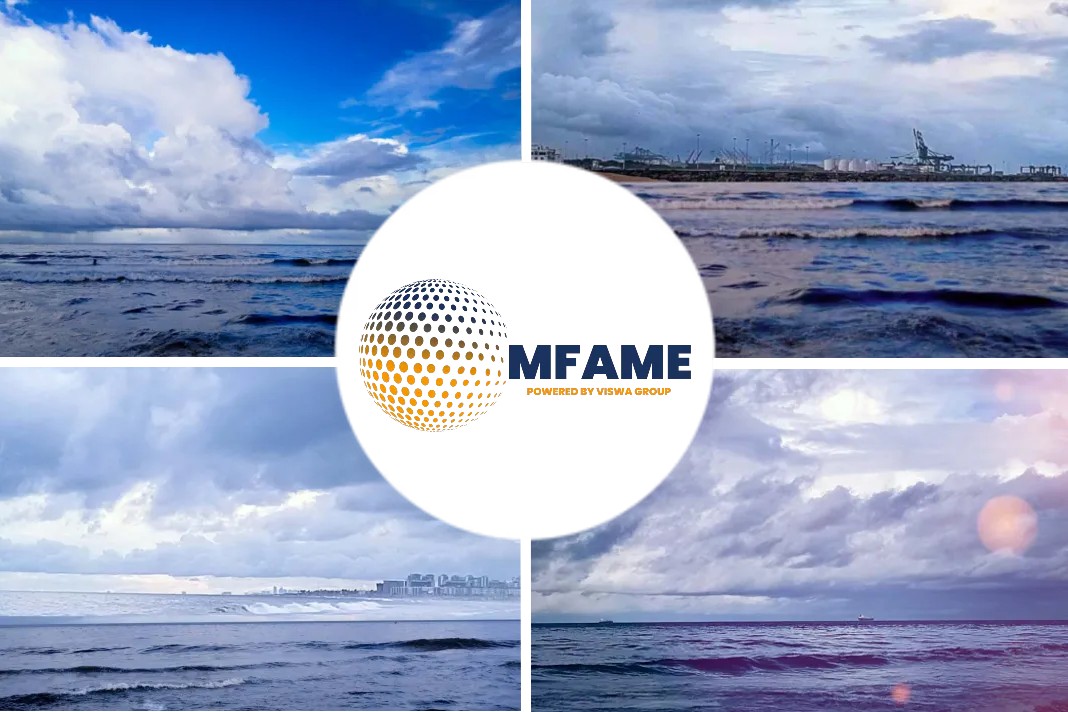- The shipping industry is looking to innovate in alternative fuels to ensure its compliance with future IMO regulations.
- Many shipping companies are intensifying their GHG initiatives with more collaborations happening across the industry.
- Blockchain- key player in enabling collaboration and providing assurances.
- BunkerTrace consists of a combination of blockchain and synthetic DNA and ensures accurate reporting and authenticity of fuels.
- BunkerTrace to play a vital role in steering the shipping industry towards a decarbonised one.
The maritime industry has seen many delays in ports, disruptions to testing, and bunker delivery authorities suspending sulphur checks so far this year, reports The Loadstar.
The dual impact of Covid-19 and the IMO 2020 sulphur cap has led to speculation on whether the pandemic, and its knock-on effects, have put decarbonisation initiatives on hold.
Abreast With The Trend
At the same time, however, the current world health and economic situation has reinforced the urgency of the need for transformation to reduce international shipping’s greenhouse gas (GHG) emissions, as navigating the challenges caused by Covid-19 has revealed how quickly society and businesses can adapt plans.
The goals laid out by the IMO do require a transformation of the industry, arguably similar in scale to the transformations that have been necessary to combat Covid-19.
Given the limited timeframe to meet these goals, shipping will have to innovate and look at future and alternative fuels to ensure the industry is compliant with IMO 2020 and future regulations. We must not derail our efforts in collaborating and testing new technologies.
Decarbonisation – An Attractive Investment
Many shipping companies are now intensifying their GHG initiatives, and more collaborations are happening across the industry, with new partnerships forming and existing ones growing.
As summarised by Morgan Stanley: “There may be some short-term delays in climate policy. But decarbonisation remains an attractive investment theme for the decade ahead, with a low or zero carbon recovery likely.”
This suggests that first movers in decarbonisation remain committed to sustainable investment.
Providing compliance and sustainable credentials will be a growing priority in the next few years, so to achieve this, the industry will need a means of proving source-to-wake traceability of sustainable fuels.
How Was BunkerTrace Formed?
Blockchain is known to be a powerful tool that has an integral role to play in enabling collaboration and providing assurances.
It can improve the way we document compliance and will support shipping’s transition and ability to reach emissions targets.
And this is why BunkerTrace was created.
Developed in 2019, its combination of blockchain and synthetic DNA provides shipping with the assurance of accurate reporting and authenticity of fuels for actionable insights and compliance.
Benefits Of BunkerTrace
- Can solve fuel quality issues, because the solution has an immutable chain of custody.
- Can track each bunkering transaction so it can easily build up a secure picture of what fuels to avoid.
- Acts as a neutral intermediary for recording information by leveraging its nature as a permission-based, privacy-oriented means of storing data.
- By incorporating synthetic DNA with blockchain technology, BunkerTrace can identify and flag inaccuracies in fuels.
Embracing available solutions and championing new ones within our intelligent recovery will be vital for shipping and will help steer the journey towards decarbonisation. BunkerTrace will be part of that journey.
Did you subscribe to our daily newsletter?
It’s Free! Click here to Subscribe!
Source: The Loadstar
















